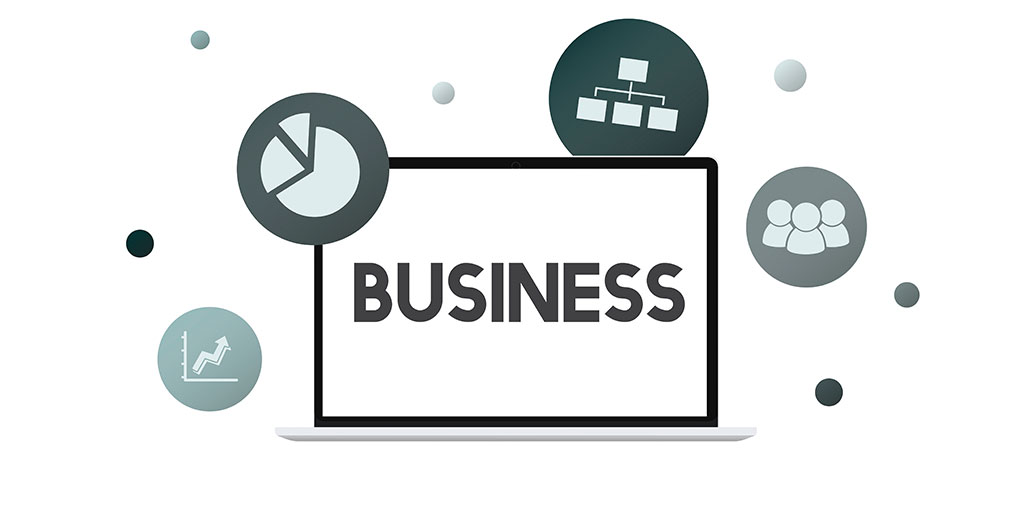There are many factors that go into creating a vendor risk management program that is successful. You must take into account many factors, including the amount of time spent, the expertise of the subject matter experts, and an understanding of evolving regulations. It can sometimes be difficult to understand all aspects of vendor risk management for your organization to make it a successful program.
How do you establish a Vendor Risk Management program
The following steps can be used to create a Vendor Risk Management Program:
1. Develop appropriate governance documents for your organization.
Depending on your particular situation, the documents that you will need to create your program may vary. You will need a well-documented policy to start your program. This provides the basic guidelines for what you should do. As you build your process, a program and desktop procedures can also be very helpful. The program is a complete set of steps for senior management as well as the lines of business. It will detail the vendor risk management responsibilities day today.
Also read: Top 10 Social Media Monitoring Vendors for Increase Productivity and Profitability
2. Have a well-defined vendor selection process.
To ensure the success of your vendor relationships, it is important to create a defined vendor screening process. Your organization should execute this process to select vendors who may offer a product/service. This may include:
- Issue a Request For Proposal (RFP).
- Comparison of the vendor and its competitors
- Complete a risk assessment, and any other due diligence requirements (these should all be specified in your policy!)
3. Establish contractual standards.
It is important to understand that not all contracts will be the same. While you can create a template for your organization to use when entering into a new vendor relationship, it is not necessary. However, both parties should communicate and understand their responsibilities before finalizing any contract drafts. Your organization’s contract standards should include a negotiation process, review and approval processes, and a plan for how contracts will be stored. Vendor risk management is best done with thorough and complete contracts.
4. Make sure you continue to monitor and do your research.
A vendor risk management program that is well-established and implemented by the organization is only as strong. Continue to exercise due diligence on an ongoing basis as necessary to mitigate the vendor’s inherent risks. A high-risk vendor or one that is critical should be evaluated at least once a year.
However, lower-risk vendors can be scheduled on a more frequent basis. It is vital to understand the potential impact of vendor changes on your organization’s risk. Don’t forget to ask for and receive documents. As part of your vendor risk management, you must examine those documents. If done properly, here is a sample of periodic due diligence.
- Every time financial statements are released, it is important to review them. Bad financial statements are more than bad numbers. It could also be a sign of a decrease in service levels by the vendor, which can be especially dangerous if your vendor communicates regularly with customers. This could indicate that the vendor may be going out of business.
- Continue to ask for and evaluate the vendor’s SOC reports and business continuity and disaster recovery plan as well as information security procedures. If security controls are not in place, this could have a significant impact on your customers and organization.
- Annual assessments of different areas, including performance, risk, information security, and more.
5. Define an internal vendor risk management audit process.
Incorporate an internal audit process in your vendor risk management program. This will be your catch-all before the examiner arrives. It is much better to find and fix errors or program gaps before the examiner arrives. An internal audit can help you ensure that your organization has adequate controls to reduce risks.
Also read: Best 10 Identity and Access Management (IAM) Solution
6. A robust and thorough reporting process should be established.
Consistent reporting will be a huge benefit to the board, senior leaders, and other stakeholders. They can make informed decisions and stay aware of vendor risks. You should provide a summary of your vendor portfolio, risk assessments, and any updates to the reporting. Not only is it a good practice, but it’s also a requirement of the regulatory framework that you report to your organization’s top leaders.
These 6 steps will help you get started on a program that will greatly assist your company with vendor risk management.










Leave a comment